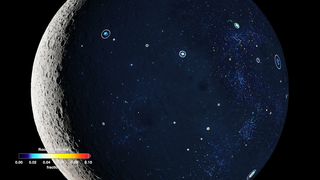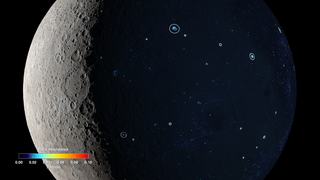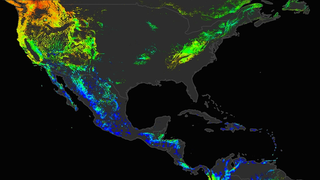Planets and Moons
ID: 13136
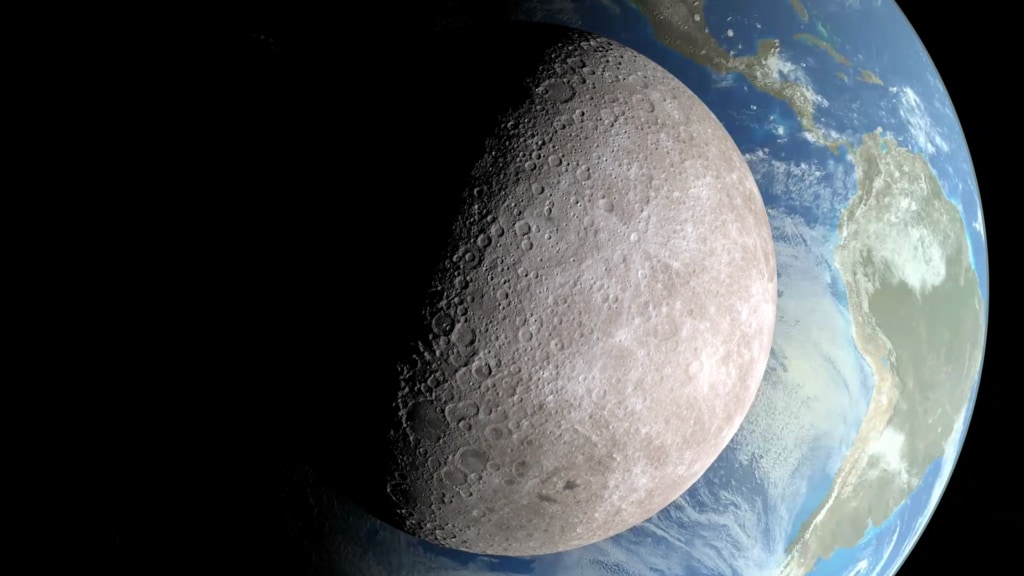
By looking at the Moon a group of scientists is challenging our understanding of a part of Earth’s history. On Earth, asteroid impacts increased by two to three times starting around 290 million years ago. For decades many experts assumed that early Earth craters have been worn away by wind, storms, and other geologic processes. This idea explained why Earth has fewer older craters than expected compared to other bodies in the solar system, but it made it difficult to find an accurate impact rate and to determine whether it had changed over time. But by studying data on Moon craters from NASA’s Lunar Reconnaissance Orbiter, scientists found the Moon and Earth have historically shared a similar rate of asteroid impacts. The surface of the Moon is riddled with both ancient craters mostly undisturbed by erosion and craters from modern day impacts making it the most complete and accessible chronicle of the asteroid collisions that carved our young solar system – and collisions really did speed up 290 million years ago. Out in the universe, this should allow astronomers to better understand how celestial bodies experience asteroids impacts. At home on Earth, this revelation may have implications on the origin of life. Watch the video to learn more.
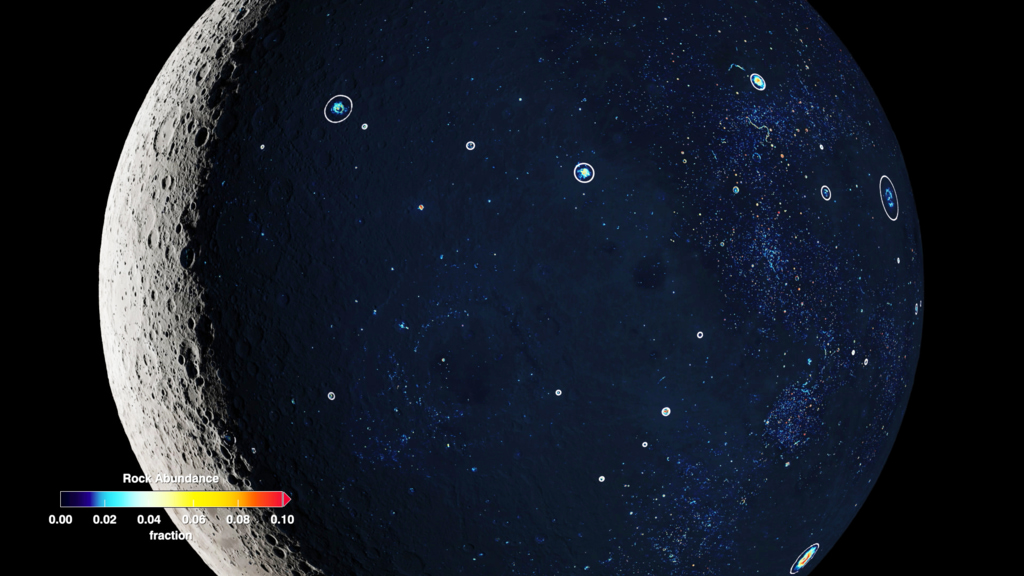

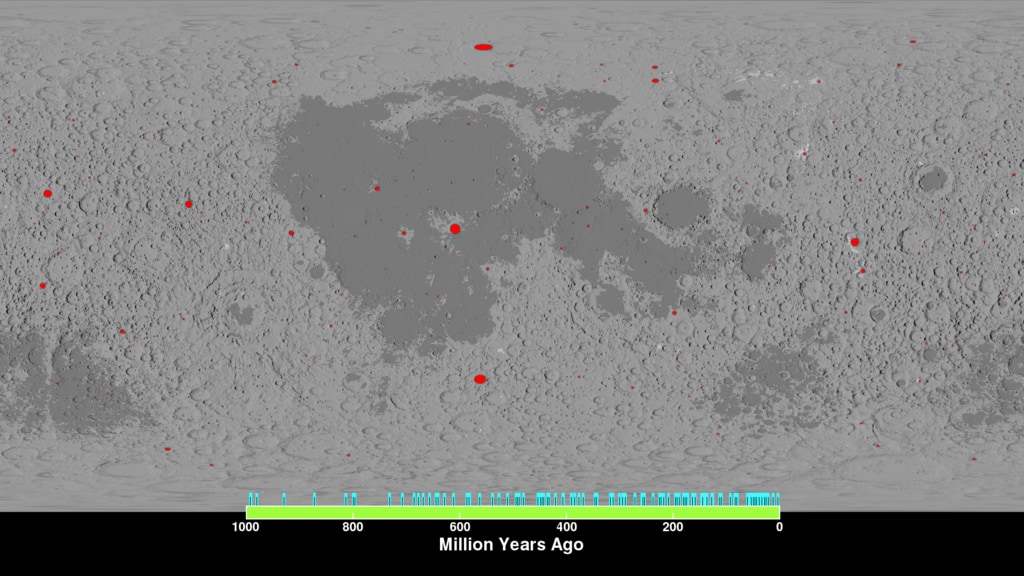
Moon Craters a Window to Earth's Past




Source Material
For More Information
Story Credits
Lead Visualizer/Animator:
Ernie Wright (USRA)
Lead Producer:
David Ladd (USRA)
Lead Scientist:
Sara Mazrouei (University of Toronto)
Lead Writer:
Lonnie Shekhtman (ADNET Systems, Inc.)
Ernie Wright (USRA)
Lead Producer:
David Ladd (USRA)
Lead Scientist:
Sara Mazrouei (University of Toronto)
Lead Writer:
Lonnie Shekhtman (ADNET Systems, Inc.)
Please give credit for this item to:
NASA's Scientific Visualization Studio
NASA's Scientific Visualization Studio
Short URL to share this page:
https://svs.gsfc.nasa.gov/13136
Keywords:
SVS >> HDTV
SVS >> App
NASA Science >> Planets and Moons
https://svs.gsfc.nasa.gov/13136
Keywords:
SVS >> HDTV
SVS >> App
NASA Science >> Planets and Moons
